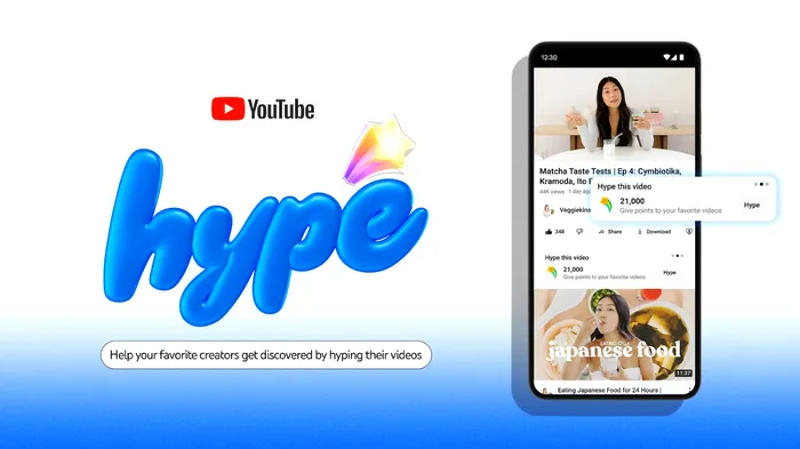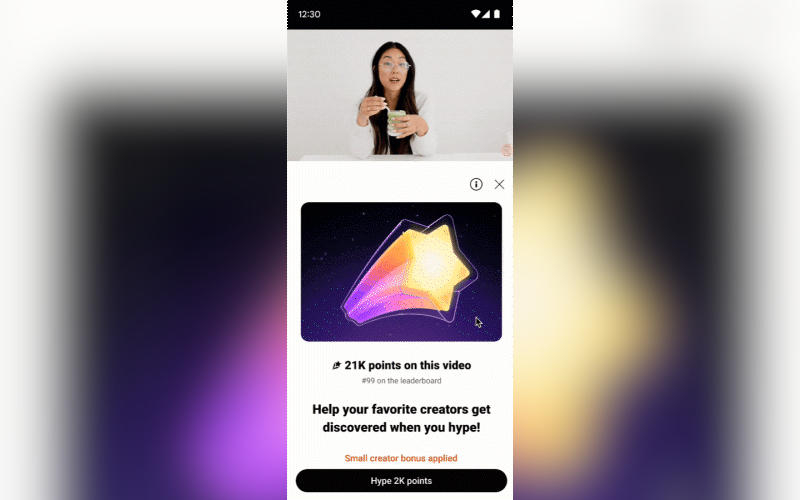At the Made on YouTube event, the administration of the world’s largest video platform presented the Hype program. It can help audiences rally around little-known emerging authors they believe in to help those authors grow their audience.

Image source: blog.youtube
YouTube is home to a wide variety of creators who make videos about almost everything, and they’re making breakthroughs on the platform every day. But for many little-known authors who already have their own audience, attracting new viewers is a difficult task. For such cases, the Hype program was created. If the video was released less than 7 days ago, and its author has less than 500 thousand subscribers, viewers can “hype” it – providing more effective promotion than with likes and reposts. The more Hype points a video receives, the higher it will rise on the new leaderboard, which features the top 100 hype videos of the week. One viewer can promote their favorite videos from Hype up to three times a week. A viewer’s participation in a program does not affect YouTube’s recommendation and search algorithms for that viewer.
When a viewer “hypes” a video, it earns points that help the creator rank on the weekly leaderboard for their country, helping to grow their audience. There is also a “bonus for small authors” – an increasing coefficient of points for channels that have a smaller number of subscribers. The Hype mechanism is not only a leaderboard, but also a way for viewers to tell creators what content they like best. The most hyped videos receive a badge indicating they are popular.

Hype has been tested in Brazil, Turkey and Taiwan. In the first four weeks of its operation, viewers hyped it more than 5 million times, ensuring the promotion of 50 thousand channels. The largest age group of participants in the experiment were viewers from 18 to 24 years old, or 30% of their total number.
The idea for the Hype program was born from the YouTube administration when a survey was conducted among 2,500 viewers in the USA, Germany and Japan, and more than 75% of respondents, as well as more than 80% of Generation Z viewers (born from the late 1990s to the end of the 2010s) ) reported that they would like to help unknown and little-known authors develop their channels. The initially chosen 24-hour time threshold for video promotion turned out to be too short, and the platform administration settled on a period of 7 days. Ideas about creating a leaderboard for the Hype program, as well as a “bonus for small creators” that would level the playing field for video creators, did not immediately come to mind.
The YouTube administration intends to expand the presence of the Hype program beyond the pilot regions of Brazil, Taiwan and Türkiye, as well as continue to improve it based on feedback from platform users.